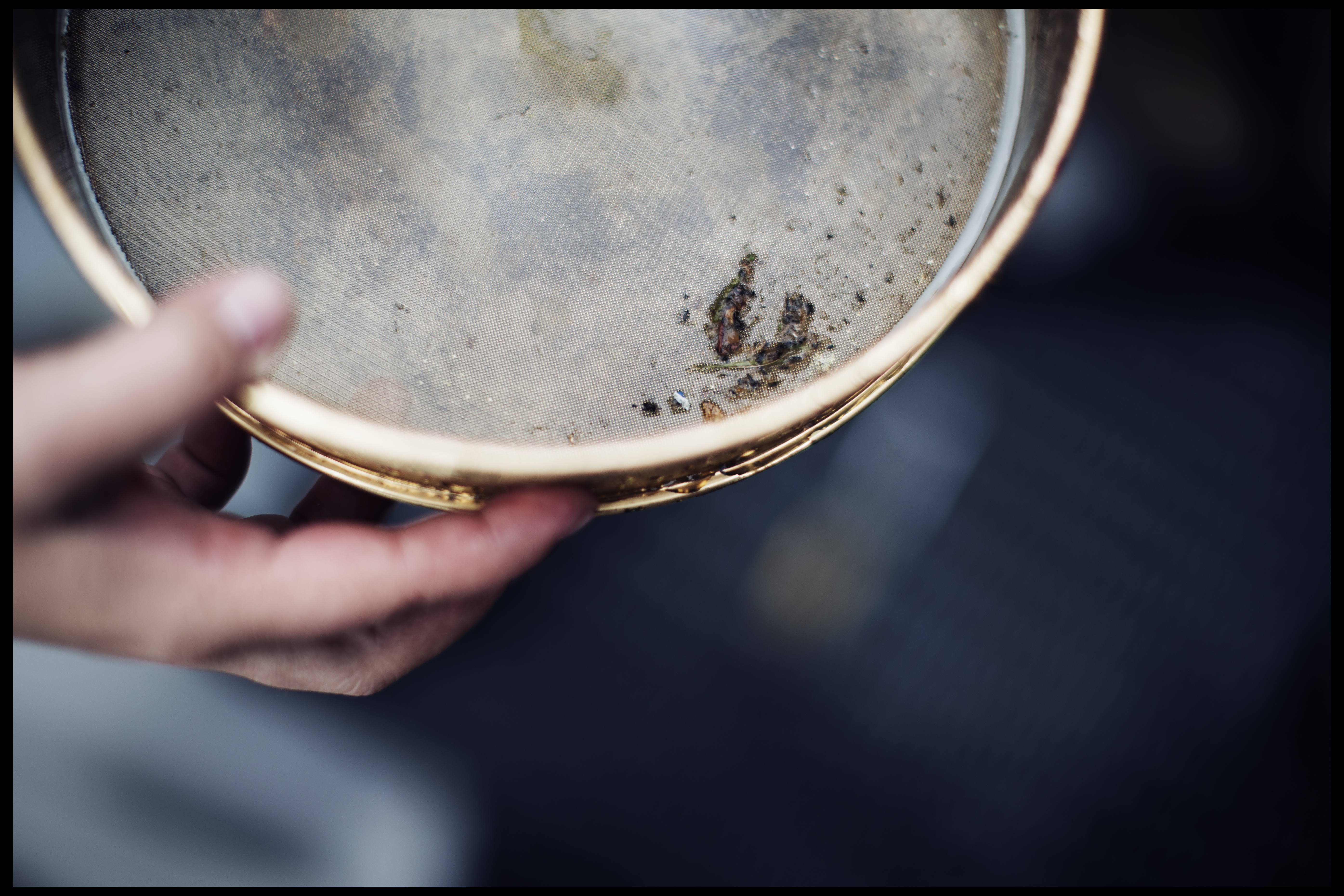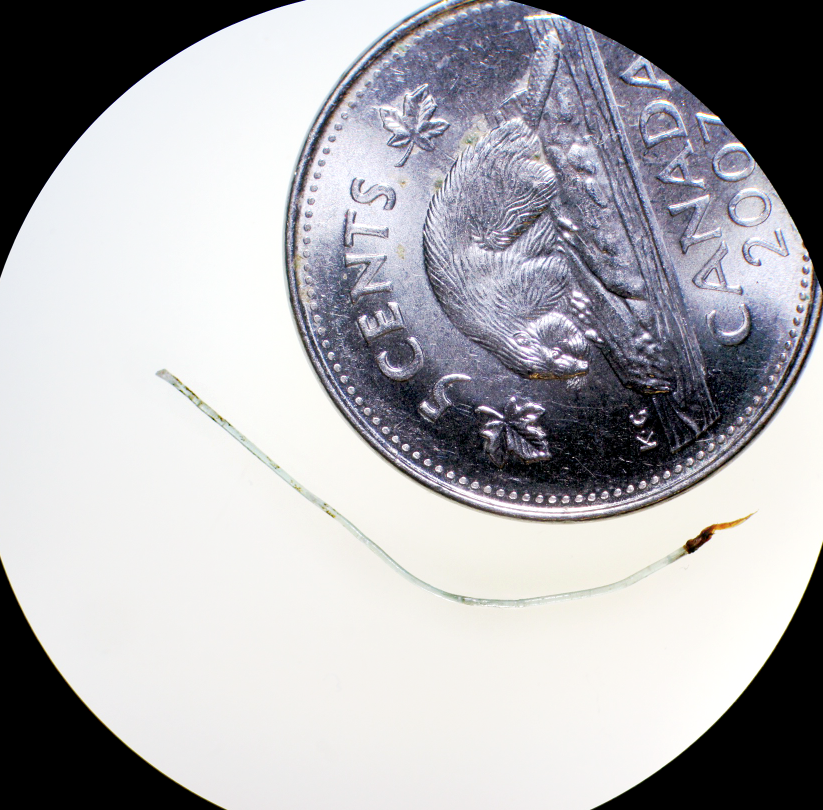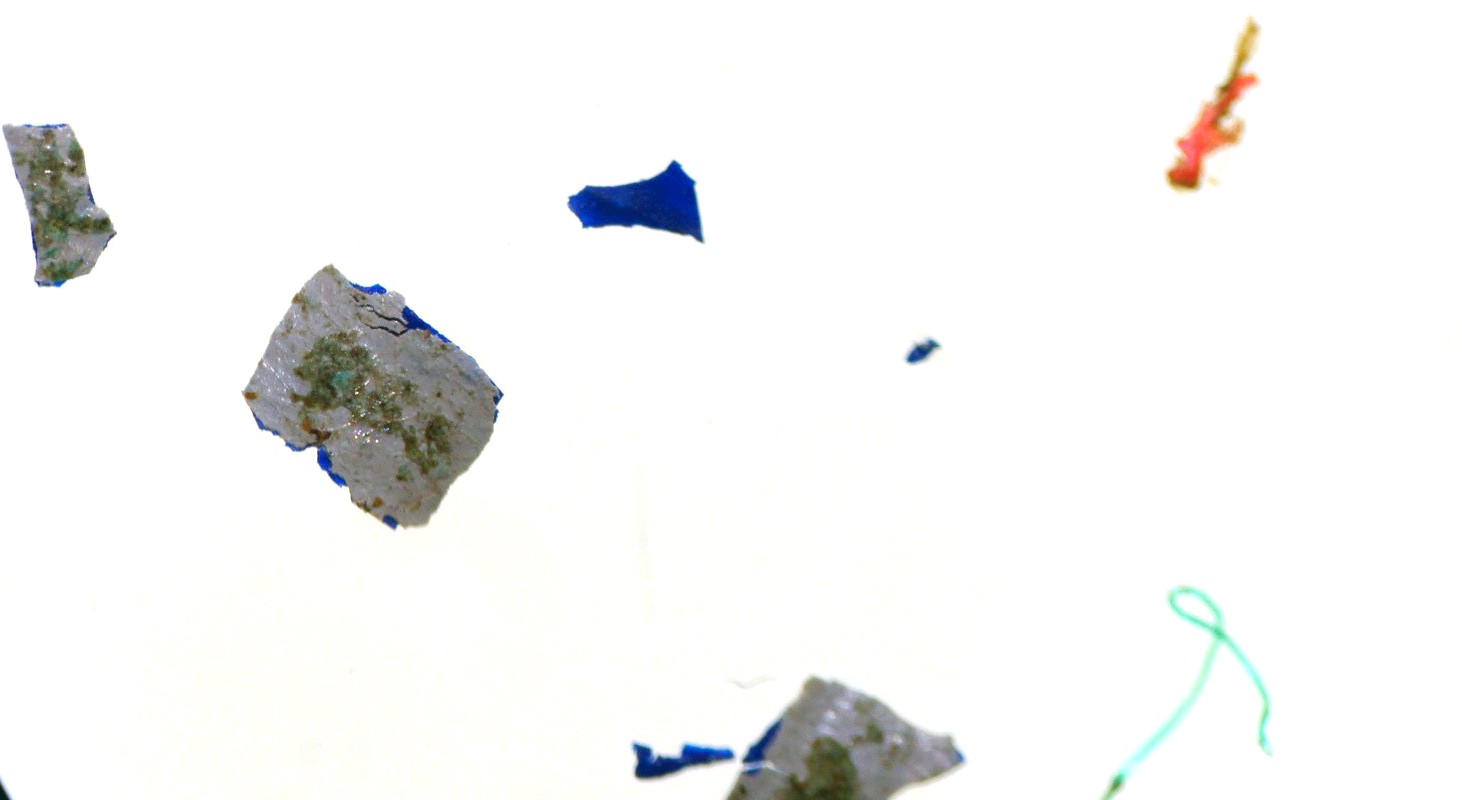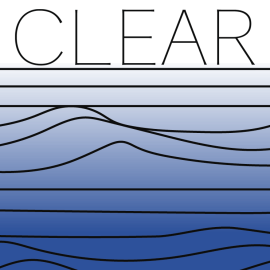In June 2016, we used surface trawls to monitor the water around Holyrood, Newfoundland, for floating (neuston) plastics and found an average of one and a third pieces of plastic per km². The plastics were mainly small microplastics.



Analysis of plastics
We found 3-19 plastics per trawl for a total of 65 plastics:
- 18 were fragments
- 47 were threads
- We did not find film (such as from plastic bags), microbeads (from personal care products), or microfibers (from clothing)
- Average size was 2.4 x 1.0 x 0.1 mm (microplastics), though there was a fragment that measured 24.4 x 13.1 x 0.1 mm and a thread that was 24mm long, and 0.2 mm in diameter, so some mesoplastics were present.
Our raw data is here: holyrood-trawl-tests-june-2016-maxs-changes-2016-08-11
Surface Density

Our data shows that each of the 5 trawl tows had consistent data, so plastics have a fairly even density around the bay, even though we specifically sampled around an area with a outflow pipe coming from land. Note that LADI 1 was a test trawl, and was not analyzed for plastics. We used both an internal flow meter and a tracking app to measure the distance the trawl traveled. On average, the app measured a distance 0.633km (SD: 0.363km) longer than the flowmeter. We recommend using a flowmeter whenever possible, but when this is not possible, note that the app can increase the distance traveled and will affect certainty accordingly.
To calculate the amount of plastic per trawl (#/m^2), we use the formula:

We found an average of 0.0135 plastics/m^2.
